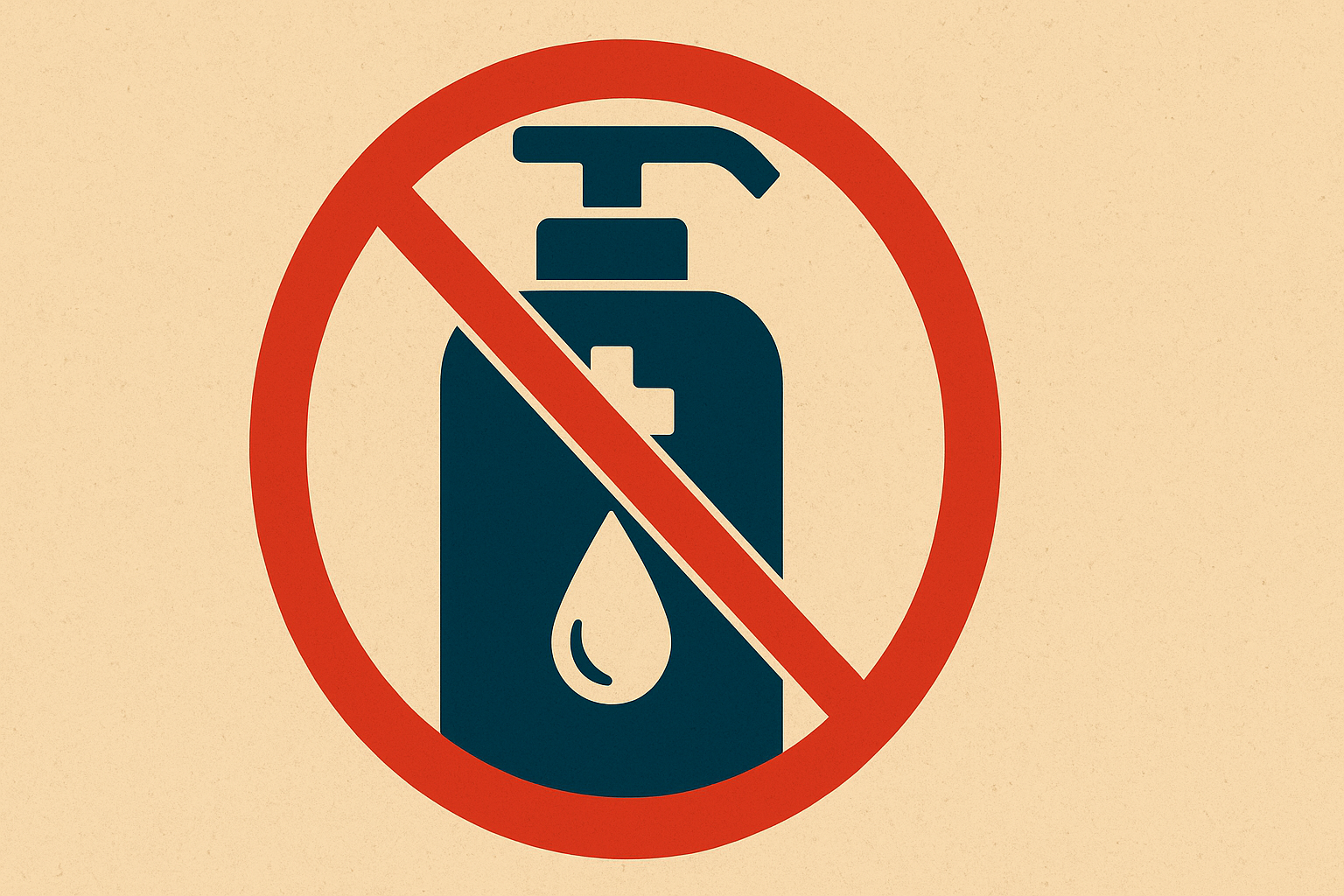The Dutch government is preparing to launch a pilot program to transfer rejected asylum seekers to Uganda, a move that mirrors a recent deal between Uganda and the United States under the Trump administration. The plan, which officials say complies with international law, has already drawn legal and ethical scrutiny from rights groups and migration experts.
A “Transit Hub” in Uganda
Speaking to the Financial Times, Dutch migration and foreign affairs minister David van Weel confirmed that a “transit hub” in Uganda could begin operations as early as next year. The facility would temporarily house migrants who have been ordered to leave the Netherlands but cannot be sent back to their home countries.
Van Weel emphasized that the arrangement “complies with international, European, and national law,” but acknowledged that the government expects the agreement to face early legal challenges. “Of course this will be appealed in the beginning,” he said, “and then we’ll see whether or not that holds up.”
Partnership with International Agencies
The Netherlands has asked the UN Refugee Agency (UNHCR) and the International Organization for Migration (IOM) to oversee operations at the site to ensure compliance with human rights standards. “We don’t deny our responsibility that the human rights of people we send there must be respected,” Van Weel said.
This marks a notable difference from the U.S.-Uganda deal finalized in August under Donald Trump, which did not involve UN agencies.
Uganda’s Position and Conditions
Uganda’s foreign ministry has expressed cautious support for the plan, proposing conditions similar to its U.S. agreement. The country will only accept migrants without criminal records, primarily from African nations, and will not take unaccompanied minors.
“Uganda hosts both the IOM and UNHCR, and we shall collaborate to benefit from their expertise in migration matters,” said Vincent Bagiire, Uganda’s permanent secretary for foreign affairs.
Van Weel confirmed that LGBTQ+ migrants would not be sent to Uganda, citing the country’s harsh anti-gay laws, which include life imprisonment or even the death penalty. “We have a responsibility for the people we send there,” he said.
Policy Motivation and Legal Context
The initiative is part of the Dutch government’s effort to toughen migration policy and address the growing number of migrants who remain in the country despite deportation orders. “Too many people stay here when they are supposed to return,” said Van Weel, a member of the right-wing liberal VVD party.
According to Eurostat, the Netherlands issued 19,000 return orders last year but successfully deported only 4,200 individuals. Most of those who could not be returned were from Ukraine, Turkey, Algeria, Morocco, and Syria—countries not geographically connected to Uganda—raising doubts about how effective the arrangement will be in practice.
Van Weel, however, said the policy is not just about logistics but sending a deterrent signal. “If you have been issued a negative return decision, you have to leave voluntarily, because if not, then you will go to Uganda,” he explained. He added that the government expects people to “become more co-operative once they are already outside of Europe.”
European Context and Criticism
The Netherlands is now the second EU member state, after Italy, to sign an agreement with a non-EU country to host rejected asylum seekers. Italy’s similar deal involves transferring migrants to a facility in Albania.
The initiative aligns with broader EU discussions on new migration rules that would allow deportations to third countries, even if they are not the migrants’ countries of origin — a policy shift aimed at improving the bloc’s low return rate.
Currently, only about 20% of rejected asylum seekers in the EU are repatriated, largely due to legal appeals, lack of travel documents, or refusal by origin countries to take them back.
However, human rights advocates and migration experts have strongly criticized such offshore processing arrangements. They argue that these deals risk violating asylum seekers’ rights and fail to address the underlying inefficiencies in Europe’s asylum infrastructure. “There’s mostly a boom from the supply side, but not from the demand side,” said one expert, pointing out that such initiatives may serve political messaging more than practical outcomes.
Limited Clarity and Oversight
Van Weel did not disclose the projected cost of establishing the Ugandan “transit hub”, but said international organizations were “positive towards the idea.”
The IOM confirmed it is “engaging closely” with European partners, including the Netherlands, on return processes under the EU’s new asylum framework. Meanwhile, the UNHCR stated that it had “not seen the details” of the Dutch-Ugandan arrangement and had not yet entered formal discussions.
A Controversial Experiment
If implemented, the Uganda project would represent a major test case for Europe’s evolving migration strategy — one that seeks to balance deterrence with legality and humanitarian oversight. Whether it succeeds or becomes mired in legal and moral controversy will likely determine the future of similar agreements across the continent.








